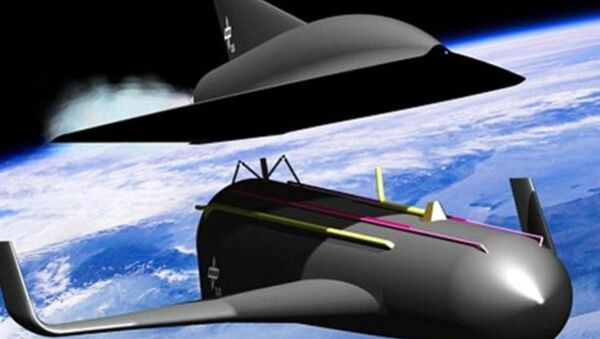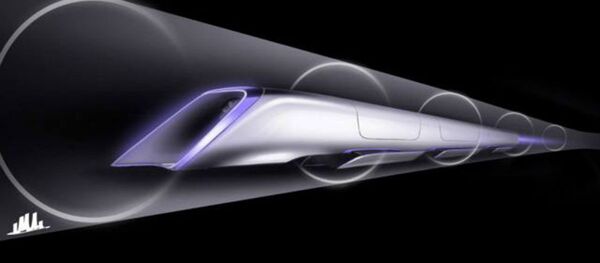"A new kind of high-speed transport based on a two-stage Reusable Launch Vehicle (RLV) has been proposed by DLR under the name SpaceLiner," the company said in a statement.
Described as a suborbital, hypersonic, winged passenger jet, the idea is now being fully investigated by the DLR’s Space Launcher System Analysis (SART).
"We want to come up with a development road map," Martin Sippel, leader of the SpaceLiner SART told Aviation Week. "We need a mission definition and this year, we will do that in Phase A."
The idea involves two stages, the first consisting of a 9-engine powered rocket. The rocket engine will be powered by liquid hydrogen and liquid oxygen, making it environmentally friendly as well as effective. Propelling the passenger orbiter, the rocket would be capable of reaching 20 times the speed of sound in less than 10 minutes.
The SpaceLiner would be able to reach an altitude of 50 miles in about eight minutes, reaching the Earth’s upper atmosphere. At that point, the second stage of the concept begins after the rocket detaches from the passenger orbiter. The SpaceLiner will then continue on an unpowered gliding journey, at over 15,000 mph, before it descends to its final destination.
DLR also plans to reuse the rocket stage of the SpaceLiner, by sending it back to Earth after it launches the passenger orbiter. This could potentially include having an aircraft fly out to the rocket, latch onto it, and tow it back to Earth.
"The vision is seductive," a DLR statement said. "Boarding in Europe, sit back, and already 90 minutes at the other end of the world to get out again in Australia."
Indeed, if DLR is successful in transforming this vision to reality, a trip from London to Sydney would take about one-tenth of the travel time on a regular passenger aircraft. Passengers can also travel from Europe to North America is just one hour.
DLR plans to test the first prototypes of the design by 2035, with the goal of entering the aircraft into service in the 2040s. Sippel expects that if the project is successful, the SpaceLiners could make 15 flights a day.




